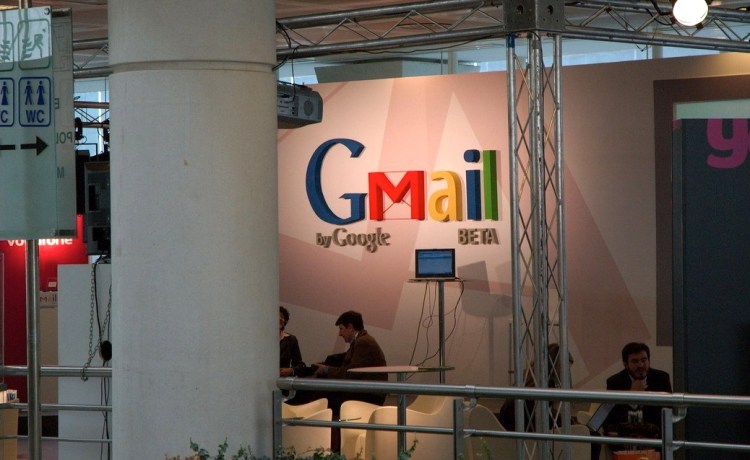Google’s new tabbed Gmail layout has been rolling out for a while now. I was finally subjected to it. I hate hate hate it. (Disclosure: I own Google stock.)
The goal of the new Gmail tabs is admirable: To make it easier to filter through the emails that we get and make it easier to get to the important stuff. This isn’t the first time Google has tried to tinker with placing emails into different buckets. “Priority Inbox” was the previous effort.
Now Google is separating email into buckets labeled “Primary”, “Social,” and “Promotions.” Primary is for person-to-person conversations. Social is for notifications from social networks like Facebook, Quora and Twitter. Promotions is for sales, daily deals and other commercial mail. Not on by default, but available, is a bucket called “Updates” that attempts to find statements, receipts, itineraries and the like.
This would be great if it worked. But it doesn’t.
For instance, Gmail filed an email from my friend Marc Bodnick, who runs the business side of Quora, under the Social tab, just like all of the less-personal notifications Quora generates. But notifications from Disqus often go into the Updates tab. The end result is that instead of being able to streamline my mail activity, I end up having to check every tab to make sure that I don’t miss anything. It was just easier to glance through one list.
Instead of forcing a solution that is full of problems, here are some real things Gmail engineers could do to fix email.
Create a ‘no-reply’ header
Many emails come from addresses that aren’t monitored. Usually there is a long sentence in the email saying no one will read any responses. Specifying a header format to let the email client recognize this and disable the reply button would be a much better user experience.
Allow mailers to identify transactional emails
I get statements, receipts and itineraries all the time. But finding the receipt for my iPhone 5 is hard when it gets buried under an avalanche of promotional email. Letting mailers tag mail could go a long way to alleviating this. Yes, there will be a spam problem. But the big mailers (like Citi, Amazon, Buy.com) will want to earn the trust of their users. It’s also aligned with their interests to some extent: it makes it easier for users to take care of tasks using online tools instead of calling customer service. Customers could also give feedback on which companies are abusing the system, either implicitly (by reading the links) or explicitly (by clicking an abuse button).
Here, oddly, postal mail has an advantage over email. Junk mail is usually sent bulk rate to save on mailing costs. Statements and other personal information must be sent first class, based on postal regulations. If you’re wondering whether you need to open something from your bank, look to see if it says “bulk rate” or “standard” or “std.” That’s all junk mail.
Which brings me to…
Offer the equivalent of first-class mail
Charging mailers as little as a penny to identify their mail as important would be a good enough way to filter spam. (Just as the post office does with physical mail.) This price could even be significantly higher and still be competitive, given the cost of printing and mailing statements.
Statements could be sent server-to-server, mitigating security concerns. It could also significantly diminish phishing. It’s a much better experience for users, a revenue opportunity for Google, better for the environment and a significant cost savings for mailers. About the only losers are letter carriers and paper companies.
So why doesn’t something like this happen? Whenever I calculate the likely revenue on something like this, I come up with several hundred million dollars a year. At the scale of Google, that’s just not a lot of money. But they keep saying they care about user experience and making the world a better place; this would do it.
(For startups reading this and thinking you could make several hundred million dollars: Sorry. This is a network effects problem and only companies like Google or Facebook could solve it this way.)
Offer automatic calendar entry
Many of the things that we can get in email have dates associated with them and corresponding tasks. Bills come with due dates. Travel itineraries come with flight segments on specific dates. Gmail could use microformats to process this information. Gmail already does things like identify package tracking information, so why not dates? I could designate certain senders as trustworthy, and their events would automatically be added to my calendar. Every bill from AmEx would be automatically added to my calendar. Every flight would be added to my calendar.
Google is doing some wonderful things with Google Now and trying to guess at what we’re interested in and what we’re likely going to do next. By making better use of the data in Gmail and having mailers do part of the work, it won’t have to guess — the data is already there.
Google just needs to worker smarter, not harder.


